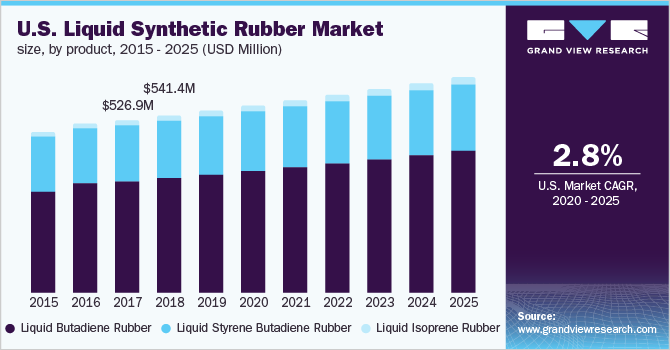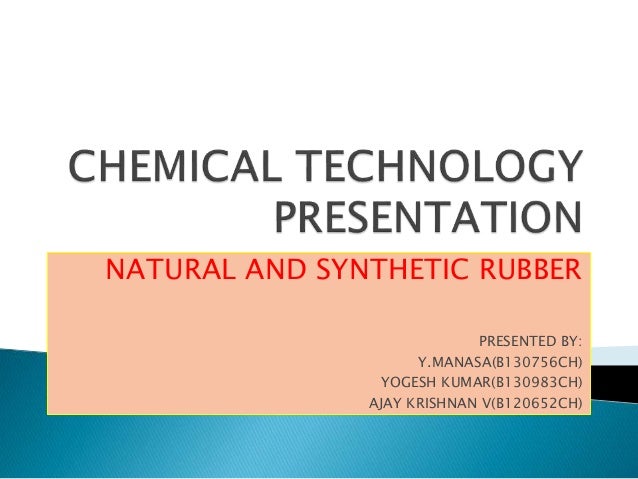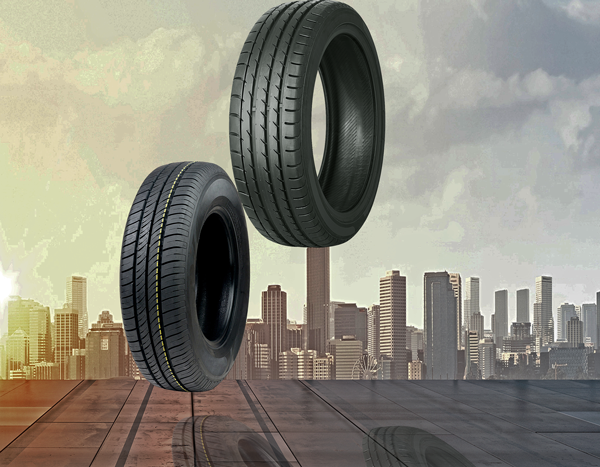First Synthetic Rubber Plantation In India

India s 1st synthetic rubber plant inaugurated in panipat haryana union petroleum minister veerappa moily on 29 november 2013 inaugurated the first synthetic rubber plant of the country at.
First synthetic rubber plantation in india. It begins to yield latex in 5 7 years after planting. In response us government developed a huge synthetic rubber industry in a very short time and after ww2 sold it to private companies. But ww2 japan occupied southeast asia natural rubber export to usa was cutoff. Although the experimental efforts to grow rubber on a commercial scale in india were initiated as early as 1873 at the botanical gardens calcutta.
Natural rubber also called india rubber latex amazonian rubber caucho or caoutchouc as initially produced consists of polymers of the organic compound isoprene with minor impurities of other organic compounds plus water thailand and indonesia are two of the leading rubber producers. Rubber tree hevea brasiliensis is a quick growing tall tree acquiring 20 30 metre height. The periyar syndicate a european venture began the first rubber plantation near aluva in kerala in 1902 with seeds brought from brazil. The trees are tapped by making an incision in the bark of the tree and collecting the sap in a bucket a very low tech process and much like the way maple trees are tapped to make maple syrup.
Funds spent for implementation of various plan schemes for rubber plantation sector in india 1990 1991 1992 1993 1994 1995 1998 1999 1999 2000 and 2010 2011 to 2014 2015 month wise production and consumption of natural and synthetic rubber in india january to october 2015. Yet the first commercial hevea plantations in india were established at thattekadu in kerala in 1902. In india kerala alone accounts for 80 percent of the country s rubber followed by tripura and other states. Types of polyisoprene that are used as natural rubbers are classified as elastomers.
Today in the 21st century anywhere from 80 90 of the material to make natural rubber comes from southeast asia. The state of the art greenfield facility is a trail blazing venture which epitomizes international cooperation and synergy amongst global giants. The first rubber plantations in india were set up in 1895 on the hill slopes of kerala. Most natural rubber also called india rubber or caoutchouc comes from latex the milky tree sap of hevea brasilensis.
During wwii when the japanese took control over the rubber plantations in southeast asia 95 of the world s rubber supplies was coming from an area 15 degrees longitude and latitude of singapore. Although natural rubber was still preferred because new technology was costly. India s first world scale e sbr facility has been set up by indian synthetic rubber private limited formerly known as indian synthetic rubber limited in the industrial town of panipat haryana. Commercial cultivation of natural rubber was introduced in india by the british.













































